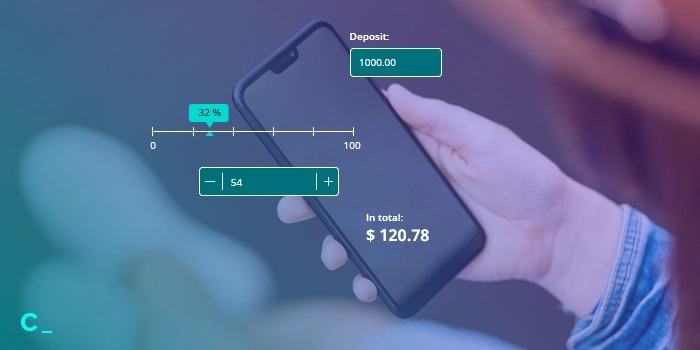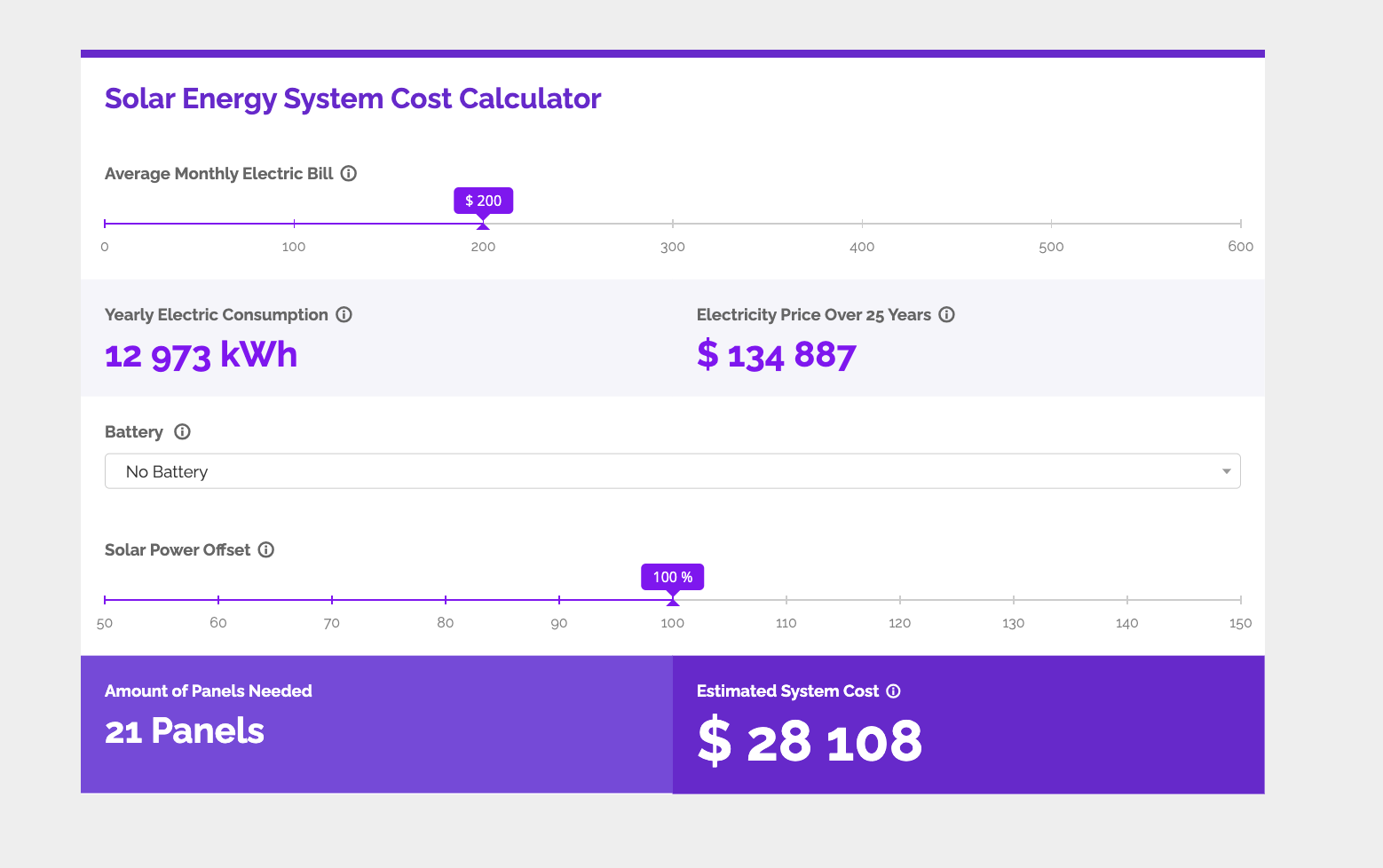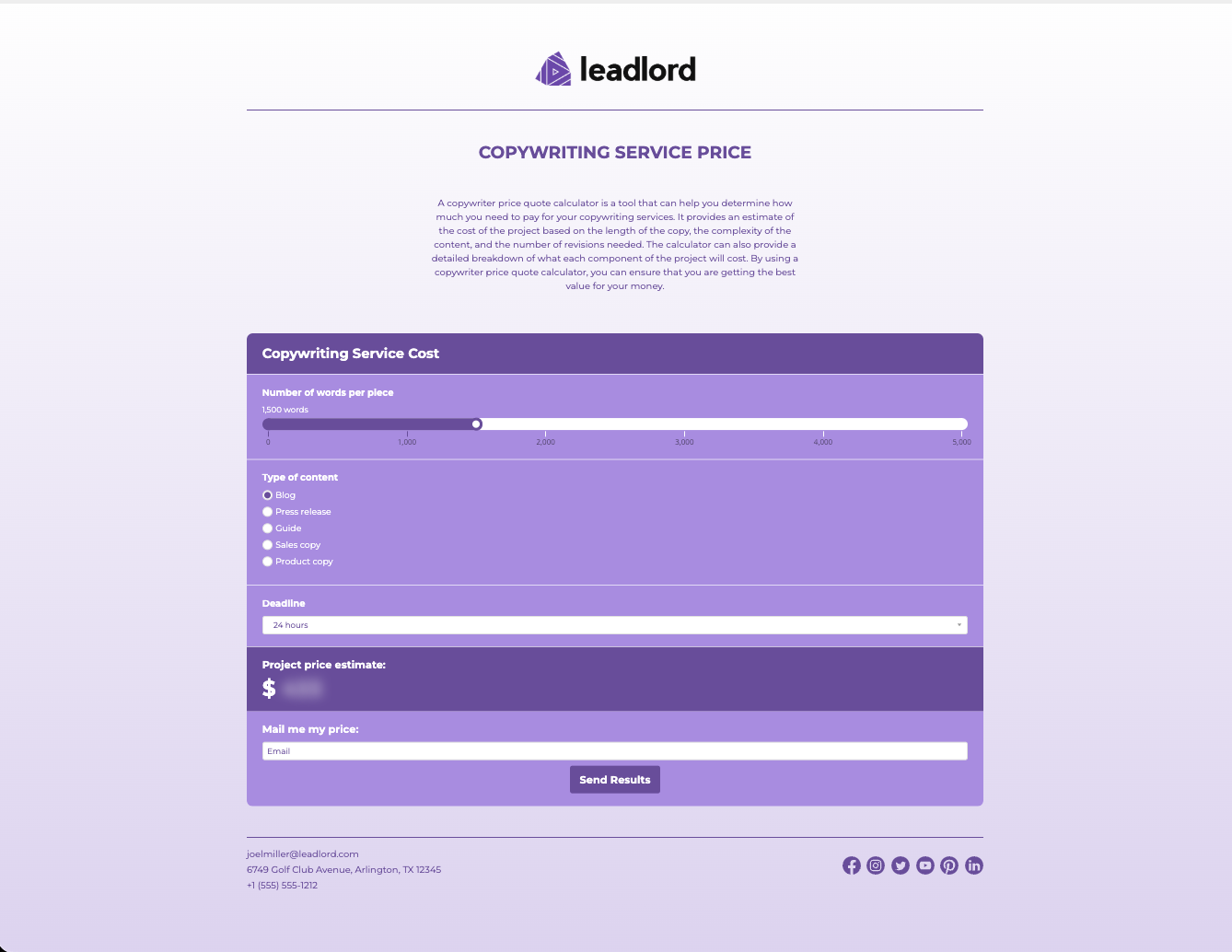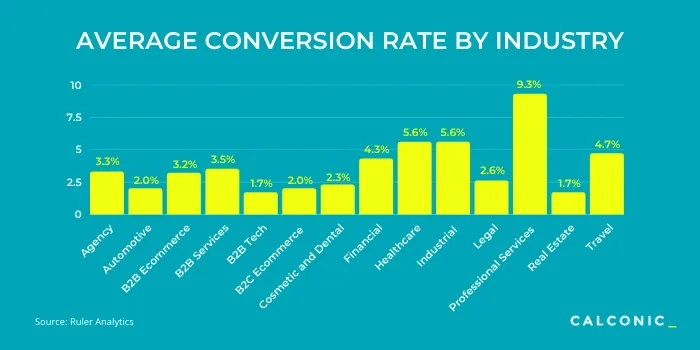Interactive Calculator Trends 2025

As we approach 2025, let’s talk about what awaits the dynamic interactive tool market and especially interactive calculators in the upcoming year.
According to Google Trends, queries for "interactive tools," "interactive content examples," and "interactive calculators" have steadily increased over recent years. This reflects growing user interest in engaging, dynamic content over static alternatives. Today, users expect personalized, interactive web experiences, and static content risks being perceived as outdated or even unprofessional.
“Brands are racing to deliver, with interactive content emerging as one of the hottest trends in digital marketing”
Marketing scoop, 2024
Top Trends for Interactive Calculators in 2025
1. Mobile-First approach to widgets
With mobile browsing surpassing desktop usage, a mobile-first design for interactive widgets has become essential. Tools like calculators must feature responsive layouts that adjust seamlessly to various screen sizes, ensuring usability on smartphones, tablets, and desktops. Platforms like Calconic offer customizable layouts for each breakpoint, allowing businesses to create tailored experiences that enhance user engagement, reduce bounce rates, and boost conversions.
2. Real-Time Visualization
Interactive calculators are evolving beyond static number outputs by incorporating dynamic visuals such as graphs, charts, and progress bars. These features make complex data more digestible and engaging, helping users better understand calculations at a glance.
3. Interactive calculators x AI-chatbots
Integrating interactive calculators with AI-powered chatbots is an emerging trend reshaping customer engagement across various industries. While many chatbots still struggle to provide detailed and personalized responses—especially when it comes to pricing inquiries—combining them with interactive calculators offers a powerful solution. When pricing questions arise, AI chatbots simply suggests users visit a page with a pricing calculator or in more advamced cases leads to an embedded calculator. This allows customers to input personalized details, receive instant price quotes, and even place orders directly within the chat interface.
4. Gamification Features
Adding progress bars, rewards, or quiz elements to calculators to encourage users to complete their interaction. Advanced conditional flows that adapt the user experience based on responses (e.g., if a user selects "small business," they see different pricing options than "enterprise") is already becoming a standard for good web calculators.
5. Interactive Calculators + AI Integration
Focus shift on smarter integrations to provide users with more meaningful and actionable results. By connecting with APIs and third-party platforms, calculators will be able to pull in real-time, relevant data. For example, a mortgage calculator could integrate with real estate APIs to show users properties within their budget, or a solar ROI calculator could use local energy prices to give more accurate savings estimates. These integrations will make calculators more useful, offering a seamless and data-rich experience tailored to users' needs.
6. Dynamic Content & Personalization
Calculators can adapt their content and recommendations based on the user's specific needs and context. This includes features like displaying product images, and dynamic calculations, adjusting questions and results based on previous responses. These enhancements create personalized user journeys, making complex calculations easier to follow while boosting engagement and driving better business results.
For instance, tools like the Create Your Wellness Wheel offer users a personalized approach to understanding life balance and well-being. By allowing individuals to input their details and visualize their areas of focus, it transforms the abstract concept of wellness into actionable insights. This type of dynamic, engaging content exemplifies how personalization can drive user interaction.
7. Accessibility Features
Designing calculators with features like screen reader compatibility, adjustable font sizes, and color contrast options to cater to diverse user abilities.
8. SEO-Driven Calculators
Businesses use calculators strategically to improve search rankings by targeting high-intent queries. For example - A retirement savings calculator optimized for keywords like "how much should I save for retirement" or "retirement planning tools" to attract users actively seeking financial planning help.
9. API Integrations
Seamless integrations with CRM or e-commerce platforms (e.g., Salesforce, Shopify) for lead generation or pricing calculations that make calculators attractive not only for client attraction but also for customer journey automation.
Industry-Specific Growth Areas
-
Sustainability Calculators
Tools that measure carbon footprints, energy savings, waste reduction, solar panel costs or payback, and electric vehicle cost calculators. These tools compare the costs of owning an electric vehicle to a gasoline-powered vehicle, considering fuel costs, maintenance, and incentives. -
E-commerce ROI Calculators
Helping customers understand potential savings, costs, or benefits of specific purchases. -
Financial Calculators
As basic as it sounds, so far nothing has come more practical on financial services websites than simple loan calculators, retirement calculators or budget calculators. -
Real Estate Calculators
Besides popular mortgage calculators, we’ve seen growth in rental property calculators, which analyze the potential return on investment for rental properties. Real estate transactions can be costly and complex. Interactive calculators can help potential buyers and sellers make informed decisions by providing estimates of property taxes, mortgage payments, and potential rental income. -
Construction & Home Improvement Calculators
Some of the most popular options are - material quantity calculators, project cost estimators, energy efficiency calculators that estimate potential energy savings from energy-efficient upgrades like insulation or new windows. These are especially practical when talking about home renovation projects.
Niche Opportunities with One-Page Calculator Websites
While interactive calculators are known to be a good addition to business websites, there’s a burgeoning opportunity that hasn’t yet fully emerged as a trend: creating niche one-page websites centered around a specific calculator.
In today’s content-saturated online landscape, sometimes the most effective strategy is to focus on a highly specific audience and their needs. These streamlined, single-purpose sites can deliver exceptional value while serving as powerful revenue generators.
Why One-Page Calculator Websites Work?
Targeted Solutions:
Users often search for very specific queries, such as "solar ROI calculator," "carbon footprint estimator," or "freelance hourly rate calculator." A one-page website optimized for a single, high-intent keyword can dominate search results, attracting users actively seeking a solution.
Instant Value:
With minimal distractions, a one-page site can focus entirely on delivering the calculator and the insights it provides. This streamlined experience is ideal for users who want quick, actionable information.
SEO Benefits:
A hyper-focused one-page site makes it easier to target niche, long-tail keywords. By offering a unique solution to a specific problem, these sites can achieve high rankings with relatively less competition compared to broader topics.
Monetization Potential:
- Affiliate Marketing: The page could recommend relevant products or services, such as solar panels, financial tools, or home improvement products, earning affiliate commissions.
- Lead Generation: By requiring users to submit contact details to access detailed results, businesses can collect highly qualified leads.
- Upsell Related Services: Use the calculator as a gateway to promote your core offerings. A loan calculator on a financial advisor’s site could direct users toward personalized consulting services, creating an easy transition from tool to client conversion.
Conclusion
The future of interactive calculators is exciting, with advancements in AI, gamification, and API integrations making these tools more powerful than ever. As businesses embrace these trends, they’ll meet rising user expectations and unlock better engagement metrics, resulting in more sales.
If you’re considering adding an interactive calculator to your website, now is the perfect time to try Calconic!



